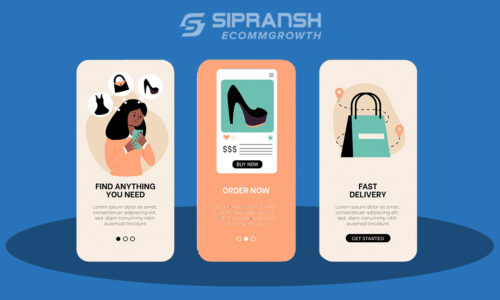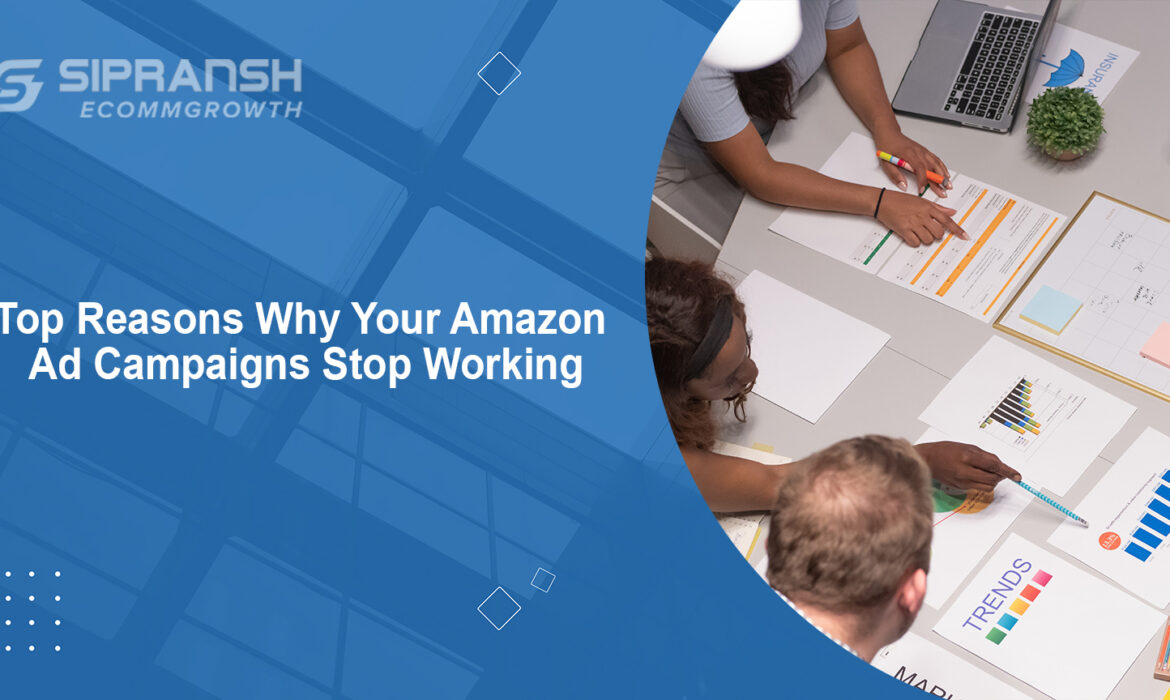
Every Amazon Seller knows that things are constantly changing. The Amazon Ad campaign isn’t exceptional. The eCommerce giant evolves to provide you with the best possible chance of attaining your target buyers. We know how frustrating it is to spend hundreds of dollars on your PPC campaigns only to see the graph fall flat. Amazon PPC campaigns are a significant way to get an instant boost in sales.
What do you anticipate to happen when you create an Amazon ad campaign? Our goal likely is for shoppers to click through your Amazon PPC Campaign and buy your product. But sometimes campaigns don’t go as planned, such as traffic dwindling, conversions dropping, and abruptly your ads stop working. What should you do if you see poor results for your campaigns and don’t get any impressions.? In this blog post, we’ll tell you some typical reasons why your Amazon ad campaigns stop working with their solutions. So follow our Amazon guide and set up campaigns for your Amazon products.
What is an Amazon Ad Campaign?
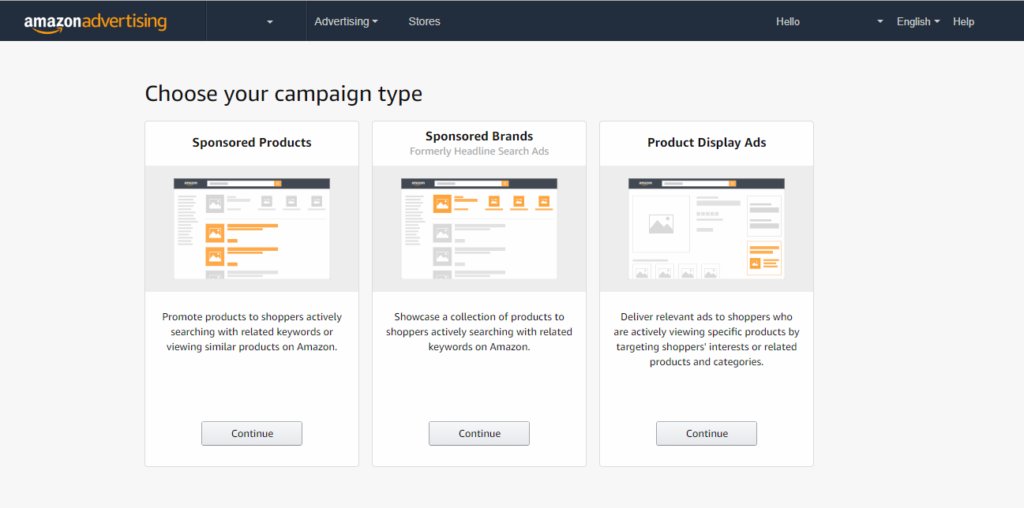
Every Amazon seller knows the fierce competition in the Amazon business, so they should understand the importance of Amazon advertisement. Sellers must use every available tool to make sure that the right people see their products and that they are doing everything to convert browsers into buyers.
An Amazon ad campaign is a definitive way to get a seller’s products in front of more possible customers. Amazon advertising allows sellers to place their product ads before shoppers who look for products identical to yours. You can start an ad campaign that targets specific keywords or target people based on their interests and demographics. It also helps the Amazon SEO team to set your product in the engine results. Create an adequate Amazon ad campaign with a small planning and understanding. You will see its worth when your product is in front of more buyers.
How to Use Amazon Ads Campaign?
You can increase your Amazon sales using Amazon PPC Ads significantly. Stand out your product from the masses with all the necessary tools. You can efficiently achieve success using Amazon PPC. If you think about what these ads do, here is the answer- These ads put your products in front of possible buyers already on Amazon looking for identical items. You can waste your ad spend if you don’t know how it works.
Amazon PPC Ads work differently than traditional advertising, where sellers buy ad space in a newspaper or magazine (or online) and pay for every person who clicks on their ad. With Amazon Ad Campaign/ PPC Ads, sellers don’t pay for every click. They only pay when the clicks are direct to sales. First, set a bid price for how much you are willing to pay per click, and if the bid is higher than others, then it’s more likely that your ad will show on the top or often.
Amazon PPC Ads don’t permit you to decide where your ad shows. You can’t pick which websites or publications you want your ad to run on, but you get some control over who sees it by allowing you to set keywords that will activate your ads. If a person searches for a keyword related to your product, your ad may emerge in their search results and improve your brand awareness.
What Happened to Cause Your Amazon Ad Campaigns to Stop Working?

1. You’ve Chosen A Non-Retail-Ready Product
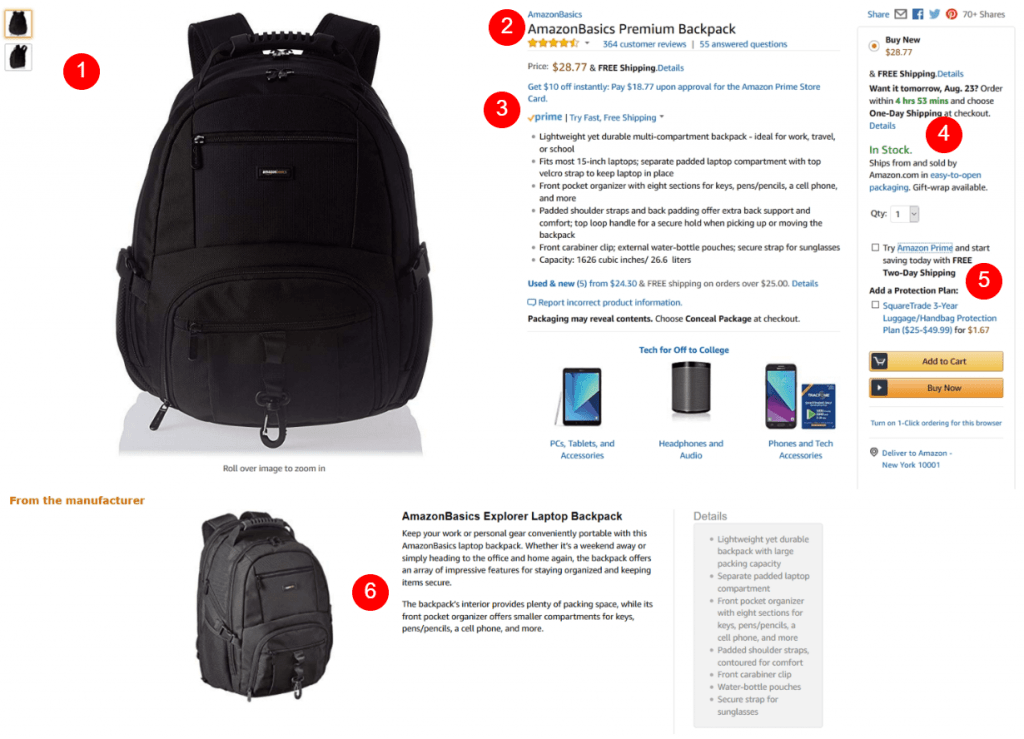
Ready your product detail page for traffic before bringing it to the Amazon Product Detail Page. Ready in the sense that when a buyer visits the detail page, then they shouldn’t be dissatisfied because of an absence of crucial information or stock label. Now the question is, what is retail-ready? When the detail page contains all the information shoppers need to buy something, Amazon calls it “Retail Ready.” You will be wasting your advertising cost if your ASIN isn’t retail-ready.
Here’s a brief checklist of what a retail-ready product detail page should look like:
- On-page content – easy to apprehend, informative, instructive, and SEO friendly
- Images – all nine images which include the main product image, product ingredient image, lifestyle, and infographics images.
- Reviews – at least 15+ verified reviews with a star rating of 3.5 or above
- Buy Box – your product should constantly have the buy box
- Stock availability – always stay in stock
We advise you to make your product retail-ready and get it optimized by experienced Amazon Product Listing Optimization Experts like us who can help you get your detail page ready with images, content, and high-volume keywords.
2. You Never Leverage Data From Automatic Campaigns
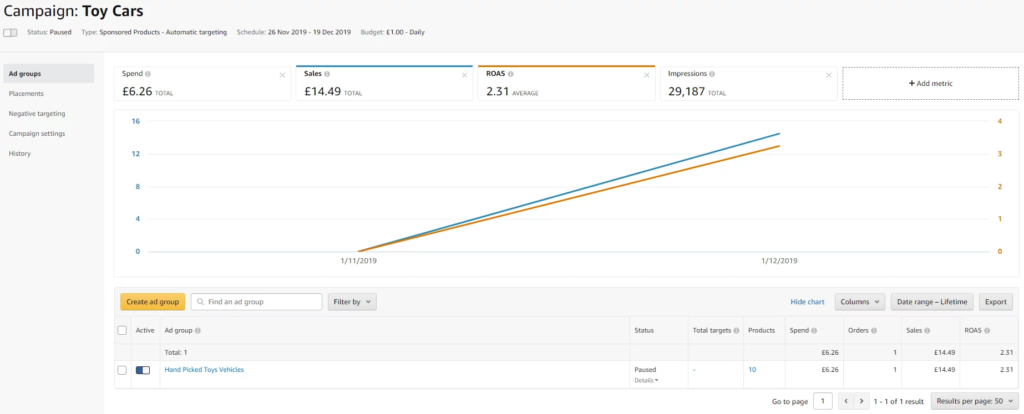
Even if you have complete control over your PPC campaigns to make cost-effective decisions, automatic campaigns are still vital to test the market. You can utilize the search terms derived from automatic campaigns to increase the visibility of your manual campaigns. Begin by specifying an automatic campaign for your product, and let it run for a week. Now download the search term report and acquire terms your shoppers use to find products that are the same as yours. Then target those search terms in your manual campaigns. Remember that using search terms from your automatic campaign does not mean you can bypass the PPC keyword research part. We suggest you run an automatic campaign with a minimum budget to avoid wasteful spending.
3. You Don’t Own the Buy Box
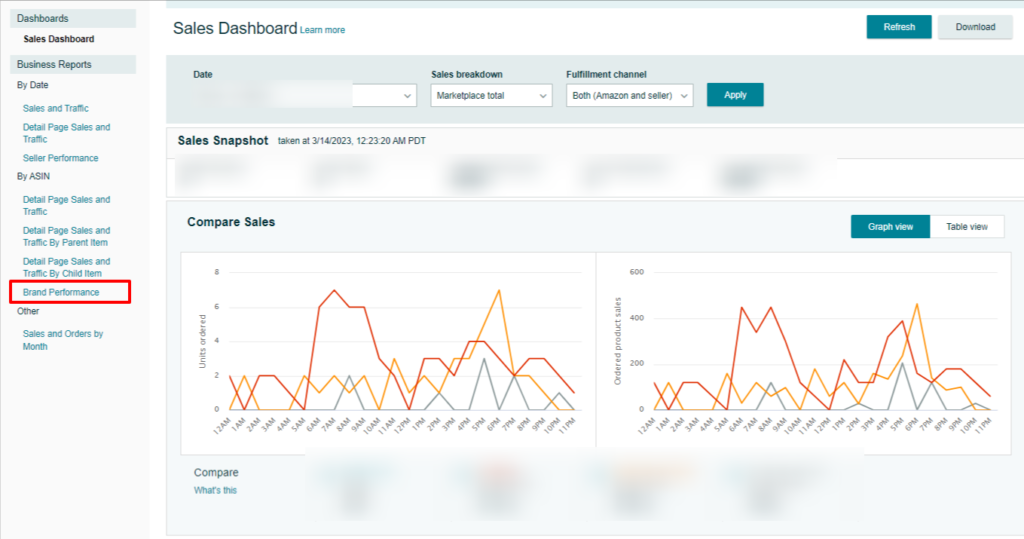
Your ads will show if you are currently winning the buy box. Your ad may go in and out of the show depending on how often you win the buy box. Check out your “Brand Performance” report to see how often you’re winning,
Path to check the Buy Box
Reports > Business Reports > Brand Performance.
What is the Buy Box?
With more mobile shoppers nowadays, owning the buy box boosts your odds of making a sale on Amazon. Almost all shoppers purchase a buy box as buyers first see this call-to-action. So if your product does not have a Buy Box, consult an Amazon Seller Consultant instantly. If you are a seller, you must know why Amazon buy box is a big deal. There is a saying that whoever owns the Buy Box gets the sale. The Buy Box is available on the right side of the Amazon product detail page, where buyers can add items to their cart. Not all sellers are qualified to win the Buy Box. A Buy Box on Amazon enables customers to make a quick purchase without considering from whom they are buying, i.e., Amazon or a third-party seller.
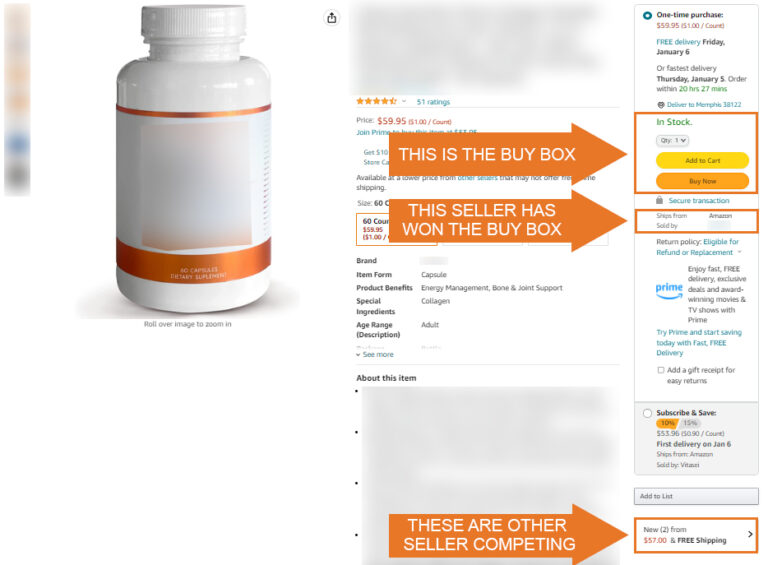
How do you win the buy box? Have the lowest price! You’ll also need to be in good standing on your account and have a good seller rating, but the buy box is specified by price mainly. For more information on How to win Buy Box, you can check our Buy Box blog.
4. Products Are on Subscribe & Save

Subscribe & Save can indeed make you ineligible for ads. Seller support has informed us that “ Subscribe & Save” ASINs will not perform for Amazon Sponsored Product Ads campaigns since the system will read these product ASINs as if no one is winning the buy box. Remember that Amazon doesn’t appear to implement this 100% of the time, so your product may still be eligible for ads despite using Subscribe & Save.
What Should I do? “Advertising the Products” OR “Subscribe & Save”?
It varies on a business-by-business basis and is more likely on a product-by-product basis. We suggest you do an A/B testing on whether Subscribe & Save is working or whether advertising drives higher sales yourself.
5. Setting A Bid Over or Under the Suggestion

While millions of sellers are trying to compete for the top spots, Amazon Ads uses an auction bidding system like Google and Microsoft. You could encounter an extreme challenge for specific categories and keywords, so we advise using Amazon’s built-in bids suggestion to set your bids. You can go over or under the suggested spend. Still, if you placed your bids significantly lower than what Amazon recommended, your ad may not win any auctions.
6. You have Irrelevant Keywords in Your Ads
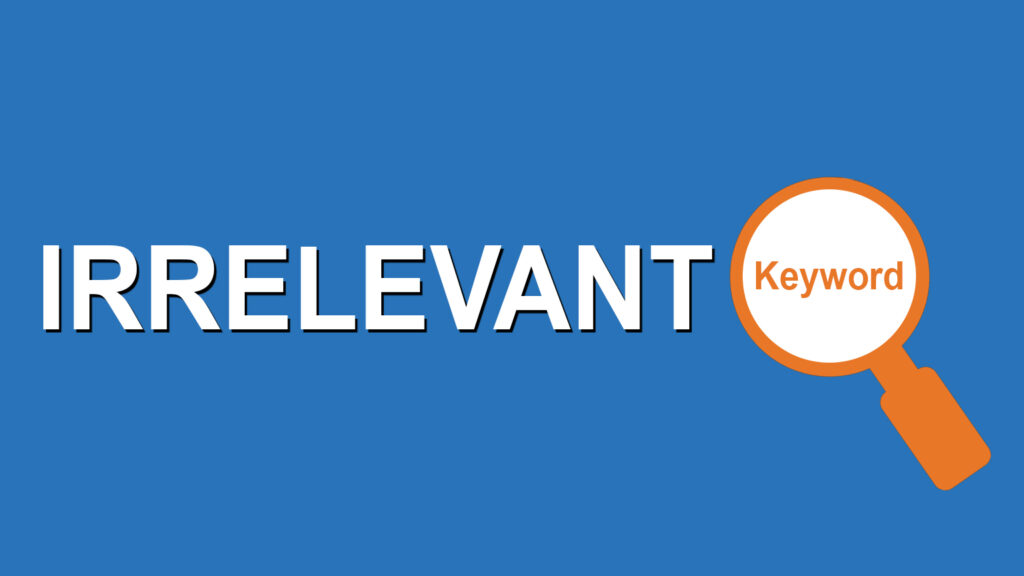
Don’t set up a campaign to target unrelated and irrelevant keywords because you’ll likely get more traffic than required. Your ad may perform well by itself, but it will have zero impact if people are unenthusiastic in what they see due to poor selection or relevance. So, write your ad copy with relevant words and consider how they relate to themes like value proposition and benefits statement so users understand why clicking through would be worthwhile.
Suppose a customer saw an advertisement for an infant babysitting service but had never heard of it before. If they clicked on their computer screen and probed “governess” instead of something more relevant like “babysitter,” all their hopes of learning about the products they want to know would be gone.
7. Your Ads Are Irrelevant
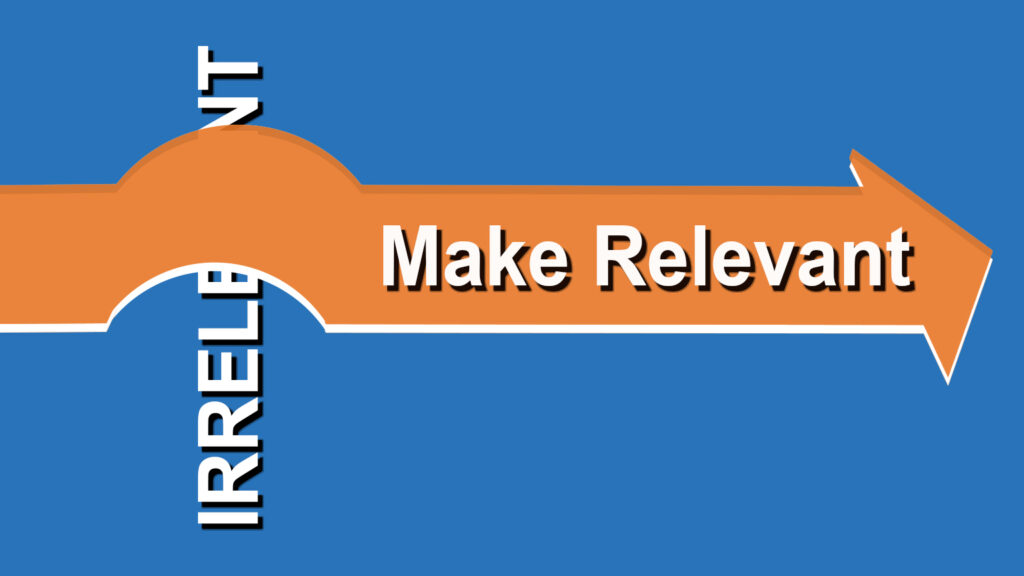
If you want your customers to buy your product, then advertising your product irrelevant to what customers searched for makes zero sense. People must trust your advertisements, which means there must be no disconnect between your offer and what they are looking for. Be assured regarding your target audience, and do not waste money on people who will never purchase from you when you’re targeting your Amazon PPC ads. If the demographics of your ad’s viewers don’t match up with your product offer or what you’re selling, it’s a sign that they’re dubious to convert, no matter how well the ad converts.
8. Your Daily Budget is Low
Specify how much money you spend each day when you create an Amazon ad campaign. If your budget is lacking in this strategy, nothing should appear, and you will waste money. Avoid this hitch and secure better results in any marketing initiative by ensuring consistency with prior methods or most promising practices discussed within organizations before launching them publicly across various platforms. Such a platform may lead users down paths that do not help to generate revenue off laid plans, such as wasting precious pennies when they could’ve purchased more product units at a higher cost.
9. You Don’t Have Enough Products in the Campaign
You should know why Amazon is known as an “everything store”, their comprehensive inventory means that people will search for almost anything. If you only have one product, it won’t convert well when it emerges in ads. So, your Amazon PPC campaign will not convert well if you only have a single product. If your ultimate goal is to sell something on Amazon, your ad should reflect that. When you’re not selling anything or your ad provides no incentive to buy, the people who click on it are unlikely to buy either. Be definite that your ads include a clear offer and a purchase link, so customers will understand what they’re getting when they browse this.
10. You Never Categorize Keywords by Match Type
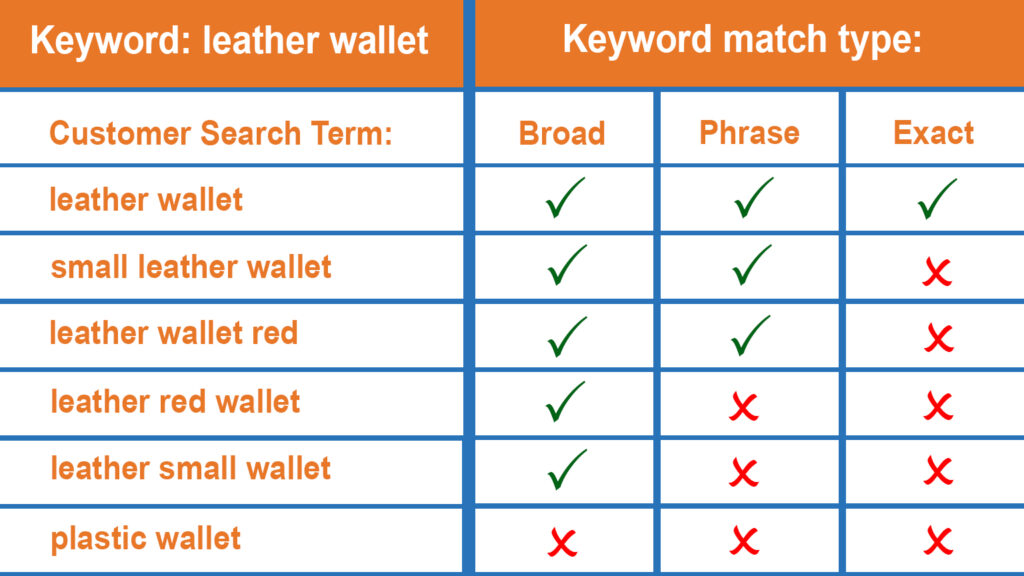
Amazon lets you filter your keywords as broad, phrase, exact, and negative match types to help refine your target.
The broad match type is the least targeted but can be used to enhance visibility. In this type, you can add words in front, middle, and after your keyword. For example, if your keyword is Women’s purse, your ads will show keywords like black women’s purse, designer women’s purse, purses for women, party women purse, etc. Pair broad match types with negative keywords to keep a tap on ACOS.
Narrow down the searches and target more severe buyers with Phrase matches. In phrase match type, you can add words before and after your keyword but not in between the words of your keyword. For example, if your keyword is Women’s purse, your ads can show terms like leather women’s purse, women’s purse for the office, everyday women’s purse, etc.
An Exact match is the most targeted of all three types and guarantees high conversion. In exact match type, your ad will show for plural version or misspelling of your keywords, but if you include separated words or added words, your ad will not be visible. For example, if your keyword is a leather purse for women, your ads will show only and only for that keyword.
The key here is to filter your keywords according to their match type and use a combination of these match types to stop the possibility of targeting the wrong audience.
11. You Didn’t Include Target Keywords In Your Product Page
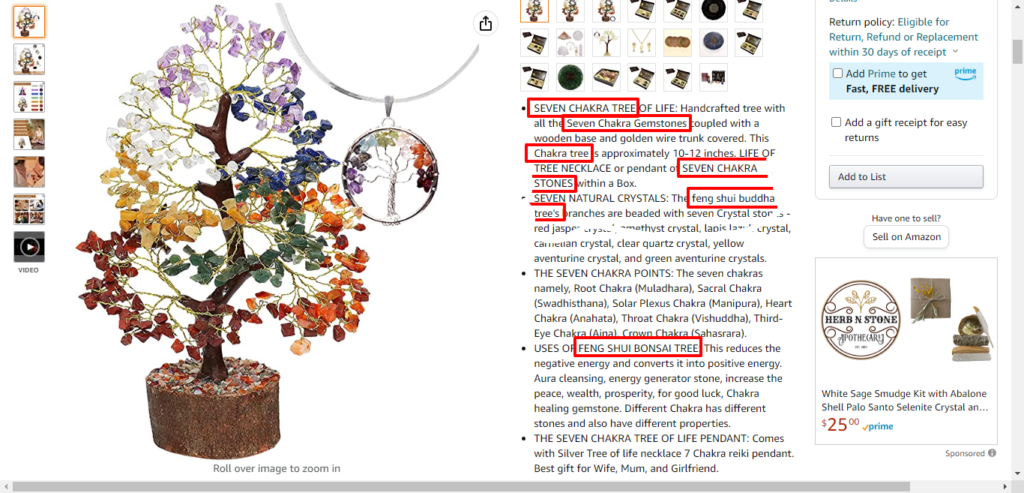
Since Amazon appreciates its SERPs as relevant as possible, it won’t show product ads if it isn’t related to the search. Make sure your ads are shown on all suitable searches and add keywords targeted in your ads in your detail page copy (title, bullets, and description). Also, be careful not to “stuff” your listing copy with keywords, or it won’t be appealing to read.
12. You Never Added Negative Keywords to your Campaigns

If you sell leather purses for women, you do not want your product to show up when customers search for women’s canvas purses, men’s wallets, plastic purses for women, etc. When used appropriately, negative keywords can help you cut down on wasted spending and reduce ACOS. While creating a negative keyword list, check your search term report regularly to discover keywords that receive a lot of visibility but not enough conversion.
We suggest you to use negative keywords as per match types for best results.
13. You Never Use Long-tail Keywords
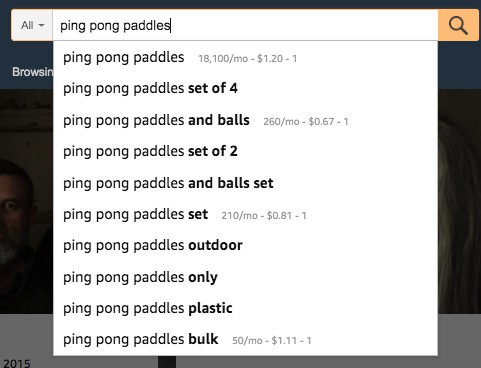
It is easier to rank for keywords like black women’s purses, leather purses for women, and women’s purse for travel rather than ranking for keywords like women’s purses. The exact rule applies to your PPC campaigns as well. If you sell in a competitive category, you will struggle to get your ad on the first page for high-volume generic terms. Long-tail keywords permit you to show your ad in front of a more severe audience who knows what they want. Resultantly, the conversion ratio of long-tail keywords is higher than any other keyword type. A shopper looking for a women’s purse might be looking for a particular style. Maybe the customer needs the product for a wedding, party, work, etc. But a shopper searching for a women’s black leather purse knows the purse style and color she needs.
We offer you the easiest way to build a list of long-tail keywords by typing in the Amazon search bar and listing the keywords suggested by Amazon.
14. Your Target Audience is Not Defined

Yes, it is crucial making a list and adjust bids every day. There’s something more vital than the former – to specify your target audience because if you don’t know who you’re selling, you won’t know which keywords to target, what sort of ad copy to write, when to run ads, and more. For example, if you are targeting moms who stay at home, then running ads all day would make sense, but if you are targeting working moms, running ads during lunch break timings or at night will bring you better results.
15. Your Storefront is Not Optimized

You can make your storefront a landing page for Sponsored Brand ads, and just like every other landing page, it should be user-friendly, attractive, and built for conversion. Most sellers miss out on this crucial step which is why the ACoS of their Sponsored Brand Ads campaigns are sky-high. Here are a few things you can do to optimize your Amazon Seller Storefront alias on the landing page of your SB campaigns:
- Create a FOMO. Adding a time limit boosts your conversion by 33%.
- Include a CTA. Your potential customers will not know what to do and where to click without a call to action. Create images/banners with Buy here, shop now to lessen the bounce rate.
- Your storefront should be a mini version of your website: Categorize your products, add a logo to your header, create larger-than-life lifestyle images and hero banners, and make sure your store helps improve brand recall.
- Seal the deal with social proof: Shoppers like to buy brands with a good track record. Include a section in your storefront that emphasizes your reviews. We suggest you use the gallery module of the storefront to feature the best reviews acquired on the products. Make sure you use the original, authentic reviews you have received on your Amazon detail page with the reviewer’s name.
- Less text, more visuals: Nothing turns off buyers more than busy, chaotic designs. A shopper’s attention span is less than 8 seconds, so do not overwhelm your shoppers with too much information. Use shorter yet eye-catching taglines, including bullets to make information skimmable, and add a mix of videos and images to keep the shoppers engage.
You can also learn more about Storefront from our blog and buy our Amazon Storefront services here.
16. You Don’t Include Sponsored Brand Video Ads
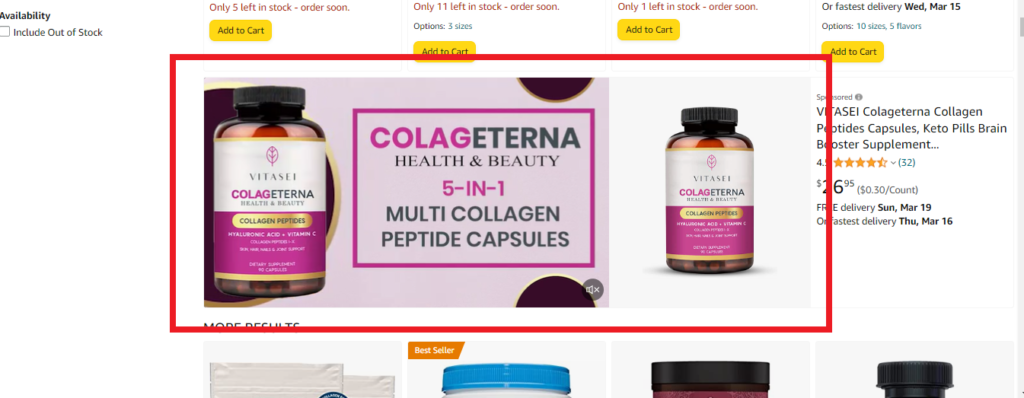
68% of shoppers choose to learn about new products via video, according to HubSpot. Approximately 84% of the customers become confident about buying a product or service after watching the brand’s video, whereas 66% of buyers prefer watching a video instead of reading tedious descriptions. So it makes total sense to comprise Sponsored Brand Video ads in your advertising mix. Even if you consider the cost you spend to create a product video, the usefulness of video ads drives that it is all worth it. Video ads are said to have scroll-stopping power and are one of the most impactful forms of advertisement with the highest CTR%. Here’s how you can make videos that convert and compel the customers to click:
- Define your goals. If your goal is brand awareness, your video should focus on your brand, its ethics, and your brand story. If your goal is to increase sales, your video should be product-focused.
- Your video should not be longer than 15-30 seconds.
- Include a CTA and your brand logo.
- Make sure your video looks equally great when viewed on smaller screens.
- Your video should be relevant even when muted.
You can buy our Amazon Product Video Service here.
17. You Don’t Optimize Your Campaigns Daily
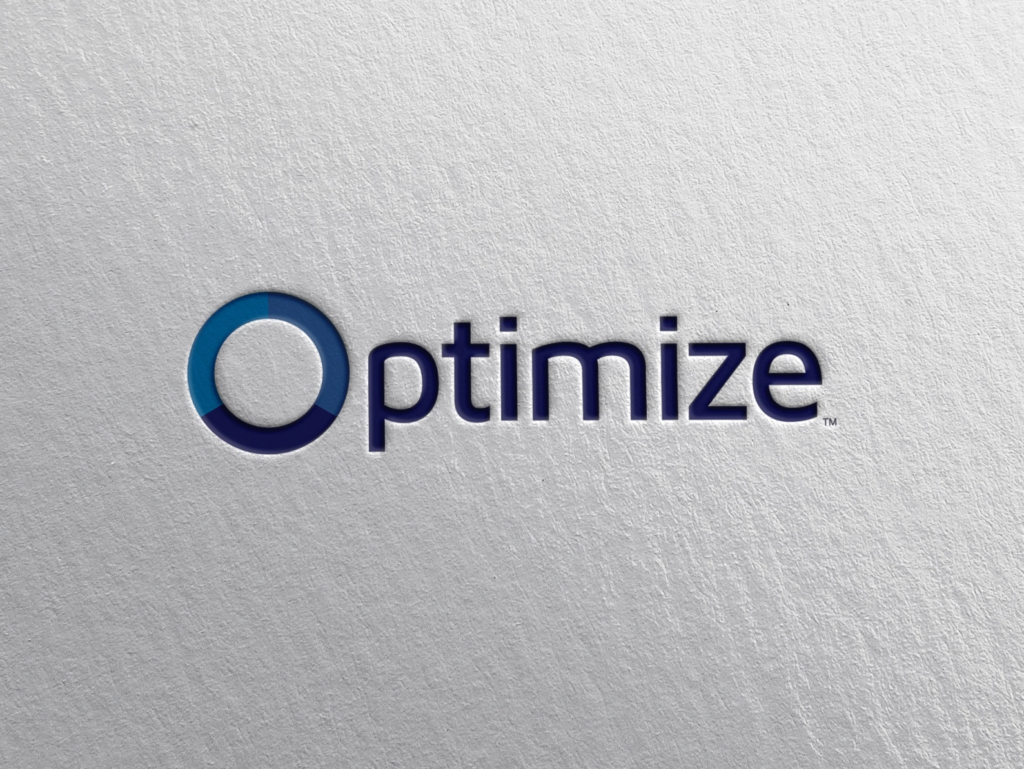
It doesn’t matter whether you run campaigns for a few products or hundreds of products, optimize your campaign daily, even if that means altering a couple of bids. Keeping a close watch on your campaign will help you evade surprises. While optimizing your campaigns, examine the following metrics:
- Budget: None of your campaigns should ever go out of budget. If you have a limited budget focus, shift your budget towards high-performing campaigns. If you didn’t utilize your budget fully, then there is an opportunity for you to increase visibility.
- Keywords: Clear underperforming keywords, add negative keywords and valuable search terms.
- Bids: Reduce bids on low-performing keywords, and raise them on high-performing keywords.
Let Us Seal the Deal For You!
That’s our standard guide on Amazon ad campaigns. Many factors affect the profitability of PPC campaigns, and obtaining everything precisely is difficult. So, get in touch with the top Amazon PPC Consulting Services like SIPRANSHECOMMGROWTH, who will handle this tiresome work for you and ensure an efficient running campaign while getting the most out of provided advertising budget. Let us keep your eye on the budget, target the right audience, and refresh your creativity regularly for better results! We understand what they are, how to use them, and what can happen when they stop working. Get your Amazon advertising back on track in no time with our help.



